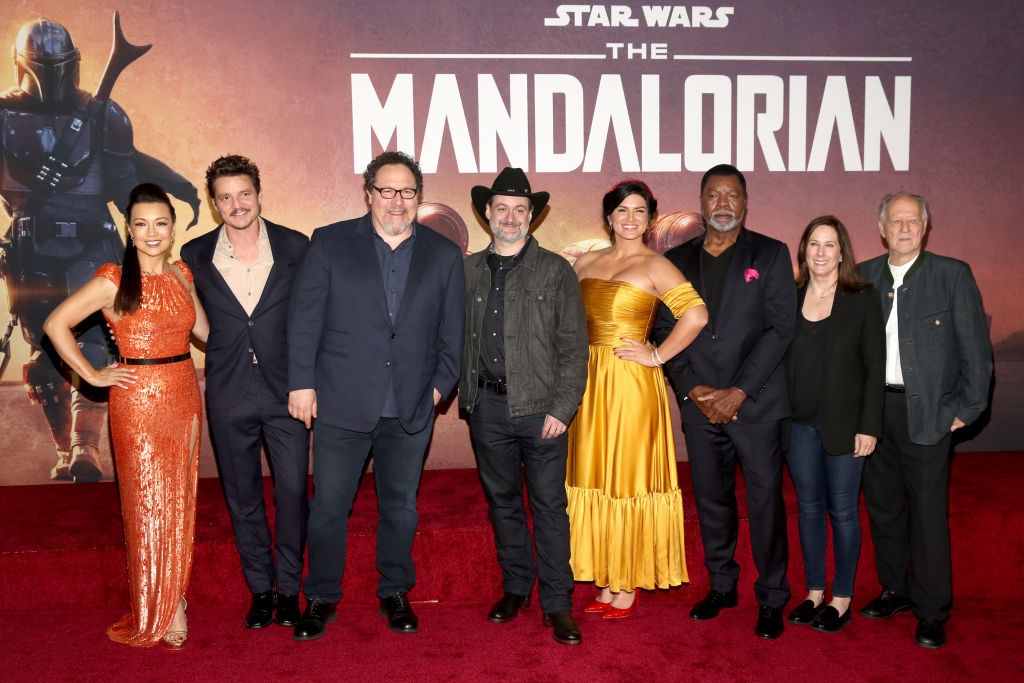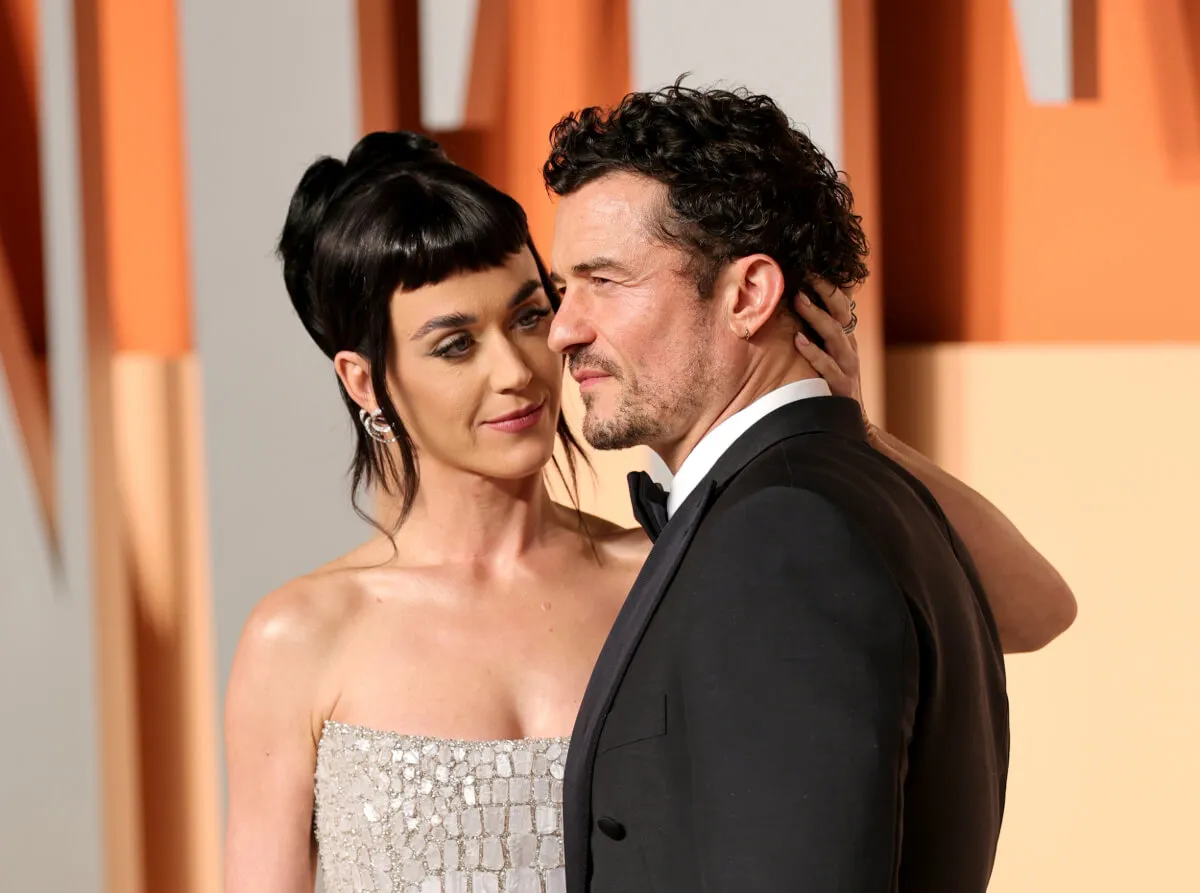‘The Mandalorian’ Show Crew Reveal How Baby Yoda Came to Life
The true roadmap to the future of Star Wars lies within The Mandalorian in how it approaches story, time, and characters. The latter is most important of all and something Jon Favreau knew would make the difference between creating something ordinary and something outstanding. Creating The Child (Baby Yoda) was one of the great synapses in Star Wars creative history.
Bringing The Child/Baby Yoda to life has been one of the greatest things to happen to pop culture since the original Star Wars trilogy was released. How Lucasfilm made The Child look believable is also a major throwback to an old creative form: standard puppetry.
Just like the original Yoda, the concept of controlling a puppet seems to look more real today than CGI can ever muster.
How do the puppeteers control Baby Yoda?

According to Newsweek, two puppeteers are the ones operating Baby Yoda, with one controlling the eyes and mouth, then another for all other facial expressions.
If this sounds like an overly simple and antiquated creative process, it proves the old ways are oftentimes better. Many might have heard the story about Werner Herzog (who plays “The Client”) chastising the production team when they initially considered using CGI for the little one.
After calling them cowards, the value of having Herzog there was more than a little clear. While maybe calling the technology behind it “phenomenal” is a bit of a stretch, Herzog does have a point about old creative ways truly bringing things to a better life.
This might be shocking to those who think digital creations look far more real. The strangeness of this is that CGI ultimately isn’t making things look real after years of evolving technologically.
The brain behind ‘The Muppets’ left a lasting legacy
As most Star Wars fans know, Frank Oz was the sole operator of Yoda in The Empire Strikes Back and Return of the Jedi. Without his brilliance in those films, standard puppetry techniques might not have survived in the world of sci-fi movies.
The Muppets team (Jim Henson, et. al) should be given credit for making standard puppetry mechanisms still realistic. The real secret is that going real gives the characters more heart. Frank Oz made Yoda say a lot of things merely through his eyes and expressions.
So far, CGI can’t make a digital creation look like it has a real soul. Not that the Star Wars production team didn’t once consider going very real.
Yoda was almost a real-life monkey
Not many remember there was a consideration to use a real monkey to play Yoda in The Empire Strikes Back 40 years ago. All of the surviving production team that worked with real apes in 2001: A Space Odyssey warned them not to do such a thing, hence the decision to go with puppet techniques.
Thanks to this precedent being set, it led The Mandalorian to set a new line. This show has already done everything perfectly, including bringing back a better sense of storytelling in the galaxy far, far away.
Will going back to standard puppetry for The Child renew this art form for all future streaming and movie projects? With Disney+ being the hub of all things supposedly great in the realm of sci-fi ahead, there may be a push to go back to some production basics to bring back real heart.
Since The Child/Baby Yoda will likely be on everyone’s TV/mobile screens for years to come, at least everyone will be able to see into the soul of the creature . . . unless there’s some kind of CGI coup.


